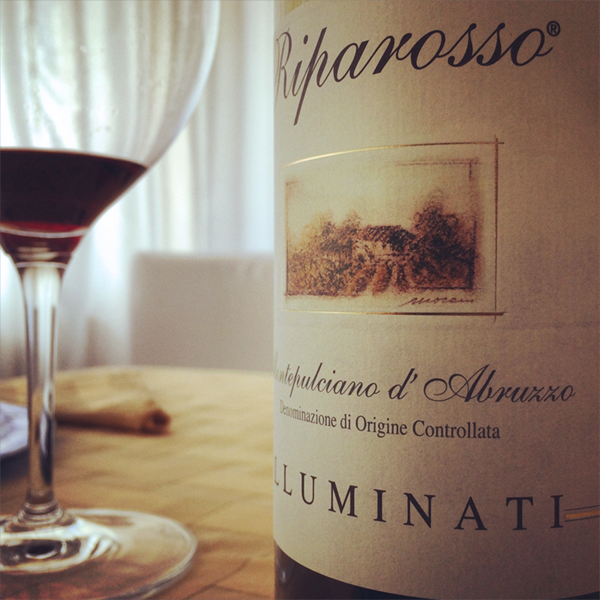By Nan McCreary
For wine lovers, the label on the bottle can be a source of valuable information, or it can read like a mysterious code that needs to be deciphered. If you’re in the latter category, the puzzling numbers and abbreviations, not to mention arcane bits of verbiage, can be intimidating. Here’s a quick course on Wine Labeling 101 to help you learn more about the juice inside before purchasing the bottle.
Brand: This tells who produced the wine. The winery’s branding may be in large letters at the top of the front label, or in smaller letters at the bottom (like many French wine labels). If there is no brand name on the label, look for the bottler’s name on the back, as the winery may have several brands.
Some labels include a “Fanciful Name.” This is a term the vineyard uses to differentiate “brands within a brand.” These names may represent a higher standard of wine: Veuve Cliquot’s “La Grand Dame” label,” for example, indicates the most prestigious (and most expensive) of the Veuve Cliquot line. Fanciful names may also represent a specific vineyard, or one of several wines of the same variety released that year.
Often you will see the term “Reserve,” (U.S.) “Reserva” (Spain) or “Riserva” (Italy) on a bottle. In Spain and Italy, the term designates that the wine is aged longer and of higher quality. In the U.S., “Reserve” technically doesn’t mean anything.
You may also see the term “Estate Bottled” on the label. This certifies that the winery produced 100% of the grapes used to make the wine, and that the grapes were pressed, fermented, aged and bottled in the viticultural area stated on the label. Generally, these wines are of higher quality and are therefore pricier.
Wine Variety: This is the variety of grape that’s in the bottle, such as a Pinot Noir or a Chardonnay. In the U.S., a wine using a varietal name must derive 75% of its volume from that grape. If the wine is labeled as being from a specific vineyard, federal regulations require that 95% of the grapes be grown in the named vineyard. When multiple varietals are named, U.S. regulations require the producer to list the percentage of each grape on the label, with the total equaling 100%.
Some wines may be labeled only red blends or white blends. These wines may not be from a specific grape variety or may be a blend of different grapes. Often, you can find the grapes and their percentages on the back label.
Traditionally, European wines are named from the region where they are grown, rather than for the grape variety itself. Burgundy red wines, for example, are made from Pinot Noir; white wines from Chardonnay. If a single variety is listed on the label, the wine must contain a minimum of 85% of that variety, with up to 15% of other grapes allowed.
Appellation of Origin: This tells you where the wine is made. An appellation is a legally defined and protected geographical indication. It can be as large as a state or as specific as a village or even a vineyard. Generally, the more specific the site, the better quality the wine. In the U.S., appellations are called American Viticultural Areas, or AVAs. By law, if an AVA is listed on the label, 85% of the wine must come from that AVA. (In California, an AVA listing requires that 100% of the grapes come from that AVA). On Old World Labels (France, Italy and Spain, for example), you will see terms like “Appellation Controlee” (AOC) and “Denominazione della Origine Controllata” (DOC), which means these are legally regulated areas of wine production. You may also see the terms “Premier Cru” or “Grand Cru” on French wines, “Classico” on Italian wine, “Erste Lage” or “Grosse Lage” on German wines, which indicate superior (sometimes single vineyard) sites.
Vintage: This is the year the grapes were harvested, not the year the wine was released. For some wine lovers, vintage matters… a lot. Colder growing seasons will give wines with more tart flavors and higher acids. Wines from warmer growing seasons will be bigger and riper. If you’re purchasing premium wines, consider vintage to predict how well the wine will cellar. For every day, affordable wines, buy recent bottlings, as these wines aren’t usually designed to age. Less expensive red wines may do well for up to three to five years. White wines and Rosé are generally best when consumed within two years of harvest. Federal regulations state that up to 15% of the blend can be from a vintage other than the stated year. AVA wines are held to a higher standard: 95% of the grapes must be from the stated vintage.
Alcohol Percentage: The ABV (Alcohol by Volume) will tell you a lot about the wine: Generally, the lower the alcohol, the lighter the wine will be in body. A light Italian Moscato, for example, can range from five to seven percent ABV, while a big California Zinfandel could be as high as 15% ABV. U.S. law permits the actual percentage to vary by as much as one and half percent for any wine labeled 14% ABV or below, while wines 14% ABV may vary up to one percent.
This is just a snapshot of what you can expect to see on wine labels. There is usually more information, such as declaration of sulfites, health warnings and, in wines from Champagne and Germany, labels indicating levels of residual sugar in the wine (sweetness).
While learning to read a wine label may not make you a wine expert, it will at least help you make an informed decision on your purchase rather than buying the wine just because you like the picture on the front.


